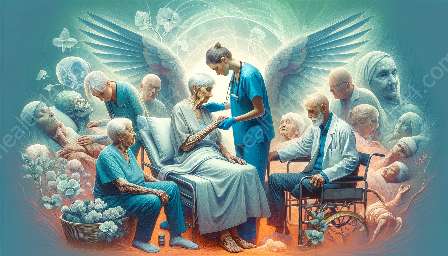The field of long-term care for the elderly has seen significant advancements in technology that are revolutionizing the way geriatric facilities provide care and support to their residents. This article will explore the latest technological innovations in long-term care, including assistive devices, remote monitoring systems, telemedicine, and communication tools, and how these advancements are improving the quality of life for the elderly in geriatric facilities.
Assistive Devices
One of the key areas of technological innovation in long-term care for the elderly is the development of assistive devices designed to improve mobility, safety, and overall well-being. These devices range from simple grab bars and shower seats to advanced mobility aids like motorized wheelchairs and robotic exoskeletons. Additionally, wearable devices, such as smartwatches and activity trackers, can help monitor vital signs and movements, providing valuable data for care providers.
Remote Monitoring Systems
Remote monitoring systems have become increasingly prevalent in geriatric facilities, allowing staff to keep a close eye on residents' health and safety. These systems include sensors that can detect falls, abnormal movements, or changes in vital signs, alerting staff to potential issues that require immediate attention. Furthermore, advanced monitoring technologies can track sleep patterns, medication adherence, and environmental conditions, enabling personalized care plans and interventions.
Telemedicine
Telemedicine has transformed the way medical care is delivered in long-term care settings. Through video conferencing and remote consultations, elderly residents can access healthcare professionals for routine check-ups, medication management, and specialist appointments without having to leave the facility. This not only reduces the need for external hospital visits but also ensures timely and convenient access to medical expertise.
Communication Tools
Effective communication is essential for providing compassionate care to the elderly. Geriatric facilities are adopting communication tools such as digital platforms, voice-activated assistants, and touch-screen interfaces to facilitate resident-staff communication, social engagement, and entertainment. These tools also enable families to stay connected with their loved ones and participate in care discussions, promoting transparency and collaboration in the caregiving process.
Benefits of Technological Innovations
The integration of technological innovations in long-term care for the elderly offers numerous benefits to both residents and care providers. Enhanced safety features, improved access to healthcare services, and personalized health monitoring contribute to a higher standard of care and a greater sense of empowerment for elderly individuals. Staff members also benefit from streamlined workflows, data-driven insights, and enhanced communication tools, allowing them to deliver more comprehensive and responsive care.
Challenges and Considerations
While technological innovations hold promise for improving long-term care for the elderly, considerations must be given to factors such as data privacy, training and support for staff, and the adaptability of residents to new technologies. Additionally, the cost of implementing and maintaining advanced technologies can pose challenges for geriatric facilities with limited resources.
Future Trends
Looking ahead, the future of technological innovations in long-term care for the elderly holds exciting prospects. Advancements in artificial intelligence, virtual reality, and robot-assisted care are anticipated to further enhance the quality of life for elderly residents, addressing social isolation, cognitive stimulation, and personalized care delivery.
Conclusion
The ongoing advancements in technology have the potential to revolutionize long-term care for the elderly in geriatric facilities, empowering both residents and care providers with new tools and capabilities. By embracing technological innovations, geriatric facilities can create nurturing and supportive environments that prioritize the well-being and dignity of elderly individuals.


